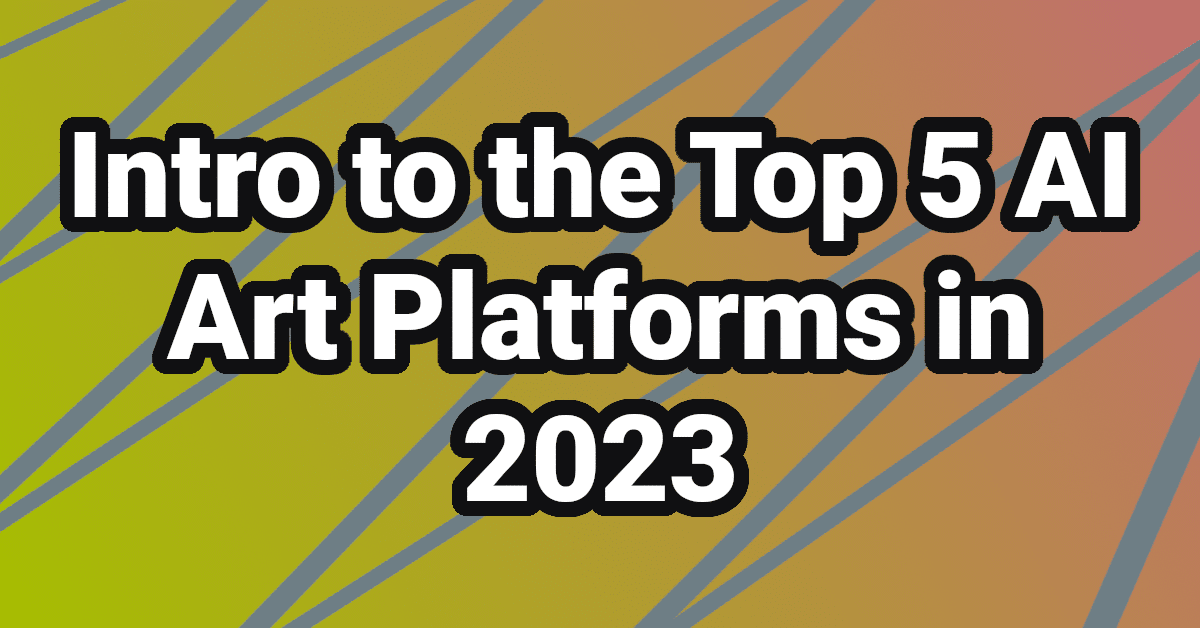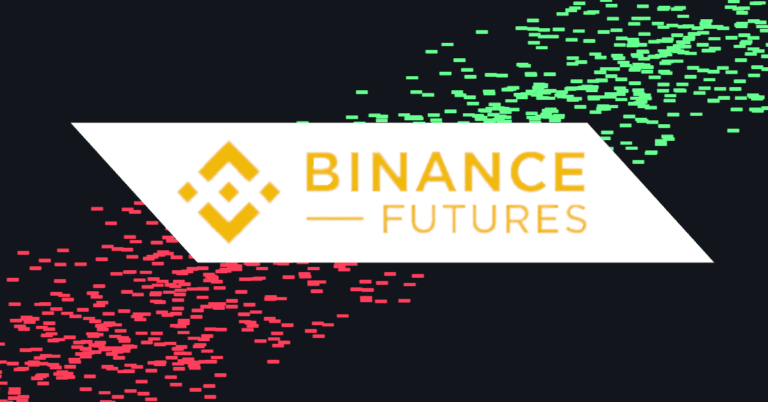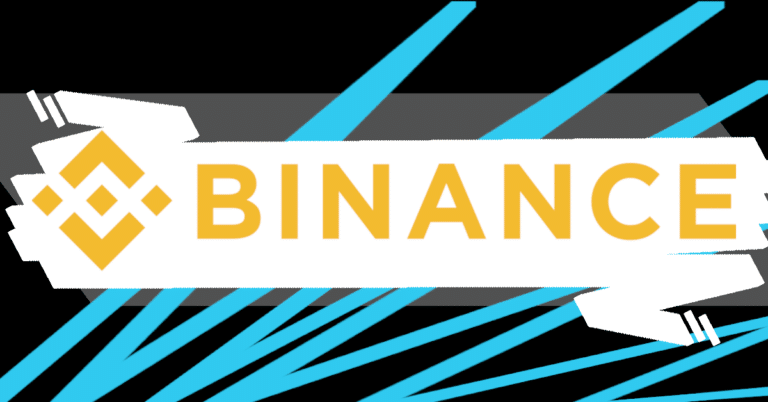*This post may contain affiliate links that help keep the lights on, find more info in our full disclaimer.
Introduction to AI-Generated Art + Our Top 5 Picks for AI Art (2023)
- Thomas DeMichele
AI-Generated art, or generative AI art, is art created with the assistance of artificial intelligence. Creating AI art typically involves using a program that accepts a text prompt and/or an image as an initial input. That input is used to generate a unique image.
Although each program works differently, they all generally utilize rules-based patterns and machine learning to achieve these results. One common type of machine learning employed is called a Generative Adversarial Network (GAN). You can learn more about GANs if you wish by clicking on the previous link. However, this introductory article is going to focus on more practical aspects of generative art, like checking out some of the coolest apps (including our top picks for getting started with AI art).
This article was written in 2022, but here in 2023, we still have Dream and Dall-e as our top picks. In fact, with the rise of open.ai ChatGPT, Dall-e 2 is getting close to a top choice!
Our Top 5 Picks for Generative Art Platforms
- Dream by WOMBO
Dream, created by a company called WOMBO, is our top pick for getting started with generative AI art. Even though Dream doesn’t output the same quality of images as some of the other platforms on our list, they are our top pick due to having an app, being free, having a robust community, and being easy to use. As of August 2022, the developers are constantly improving the platform and adding new features as well.
To use Dream, download it from the app store, then get started by clicking the “+” button at the bottom of the screen and inputting a text prompt. You can write your own or try one of the suggested prompts. Next, select an art style and then hit create. The app will generate a unique work of art that you can then share with the community or with your friends.
If you like Dream, you can upgrade to a premium membership to unlock more art styles (make sure to check out the realistic art style if you do, as it produces the most accurate images). More professional versions of the app are available for users who want to push the limits of Dream, such as Dream Art.
- Dall-e / Dall-e 2
In part due to a sudden spike in the popularity of AI art and a platform called Dall-e specifically, and in part due to the high quality of Dall-e 2, Dall-e makes the second spot on our list. Dall-e is a web-based, somewhat low-quality version of the Dall-e software. It is extremely user-friendly and web-based, meaning anyone with an internet connection can access it. It requires only a simple text prompt, making it a good choice for starting out since you don’t even have to download an app to get started with generative AI. That said, the images created are subpar compared to Dream. While Dall-e 2 is one of the most powerful generative programs on the list, Dall-e 2 has a long waitlist and requires some knowledge of computers to use, which stops Dall-e from being our number one pick. Still, this one is worth a mention.
- StarryAi
StarryAi is essentially a better version of Dream and Dall-e in terms of quality and notably has a useful app, but has a drawback in that it is pay-per-use only. This app has a model requiring in-app credits that can be purchased for dollars to generate art (this is common, and another favorite of our’s NightCafe uses this model as well).
Since most people checking out AI art for the first time will make a lot of trial and error, we are putting this one at number three on the list. One thing we like to do is practice on Dream, and then when we find the perfect prompt, we use StarryAi for a high-quality image. This is especially true if we plan to print the image, for example, on canvas as physical art.
- Midjourney
Midjourney is a high-quality, easy-to-use AI art platform. However, it has two things that hold it back from outranking other platforms on the list. First off, it is web-based only and requires you to use Discord to log in. Second, it has a monthly subscription fee. While the $10 limited use and $30 unlimited use subscriptions are generally going to be cheaper than credits-based generative AI art platforms, it still inhibits newcomers. With that said, the quality of the images is one of the best on this list. Once you get into AI art, you may consider upgrading to Midjourney.
- Deep dream Generator
Deep dream Generator is a simple web-based AI art platform. It generates art using DeepDream, which uses AI to enhance existing images. That means, unlike other platforms on the list, this one doesn’t use prompts. Although it has the limitation of requiring an image, and although it does require payment after a few trial credits, we nonetheless included this one because it is one of the earliest examples of publically available AI art platforms. It also gets a mention because it is ultimately an easy-to-use platform. We suggest trying this one out last but do make sure to check it out and play around with some of its unique art styles.
Taking AI Art to the Next Level
Now that you have the basics down, you are ready to explore some more in-depth topics. We strongly suggest learning about prompts. Apps like Dream allow you to communicate with the AI in very detailed and not-so-obvious ways.
Our top choice for prompt guides is the Dalle-2 prompt book to get a crash course on prompts. While the way prompts work can differ a bit between platforms, the Dalle-2 book is currently the most comprehensive guide, hence the suggestion.


